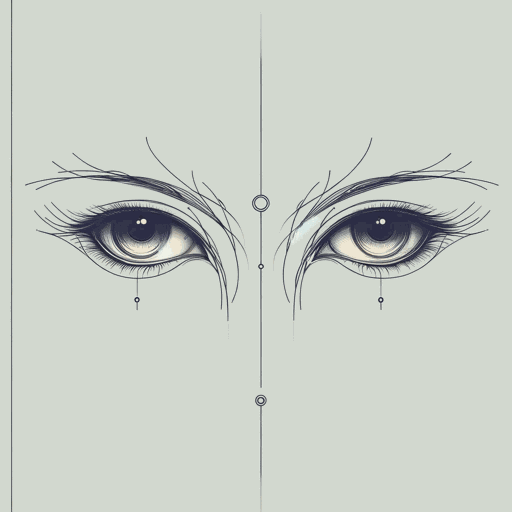29 pages • 58 minutes read
Edgar Allan PoeLigeia
Fiction | Short Story | Adult | Published in 1838A modern alternative to SparkNotes and CliffsNotes, SuperSummary offers high-quality Study Guides with detailed chapter summaries and analysis of major themes, characters, and more.
Symbols & Motifs
The Abbey
The abbey the narrator moves to with his new wife Rowena serves as a physical manifestation of the theme of mortality and decay that permeates the narrative. The abbey, with its decaying and ominous appearance, reflects the idea of death’s inescapable presence, and the narrator decides to literally live within its walls. The abbey is geographically isolated and has “lofty walls, gigantic in height—even unproportionably so” (149). The abbey is excessive and dramatic, reflecting the way death has come to be excessive and dramatic in the life of the narrator.
The abbey is also symbolic of the past and how the past haunts the present. The abbey is so isolated that it has not seen visitors or life in a long time. Its decaying structure symbolizes something long forgotten and neglected. Yet, this past weighs heavily. As the narrator describes the large tapestries that adorn the walls, he explains that as he “moved his station in the chamber, he saw himself surrounded by an endless succession of the ghastly forms which belong to the superstition of the Norman” (149). The narrator refers to the Normans of the medieval period and their beliefs, considered “superstitions” by the time of the story.
Related Titles
By Edgar Allan Poe
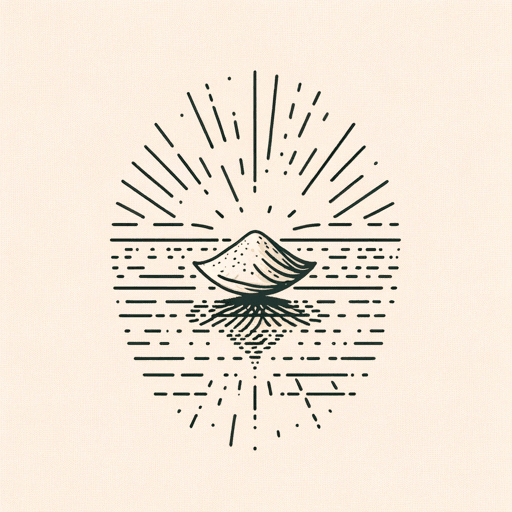
A Dream Within a Dream
Edgar Allan Poe
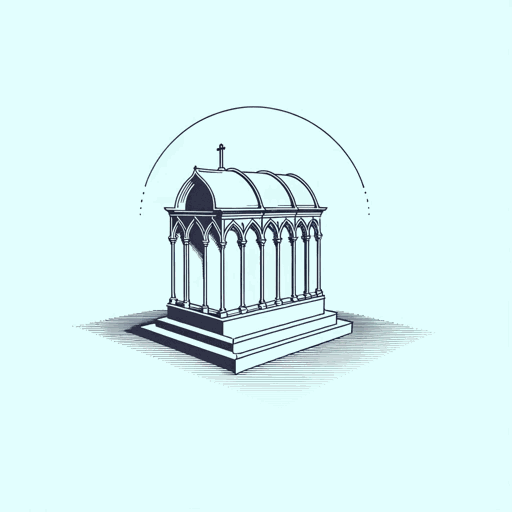
Annabel Lee
Edgar Allan Poe
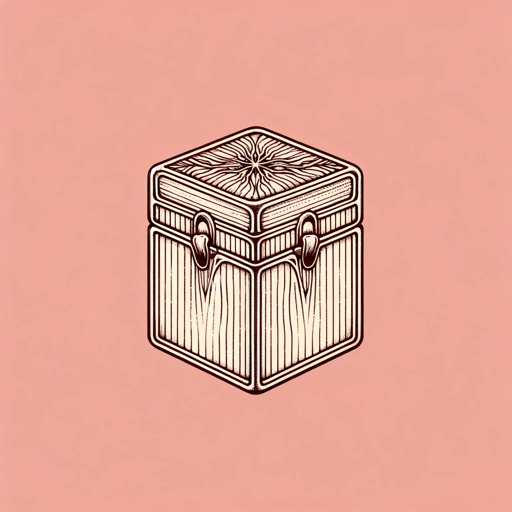
Berenice
Edgar Allan Poe
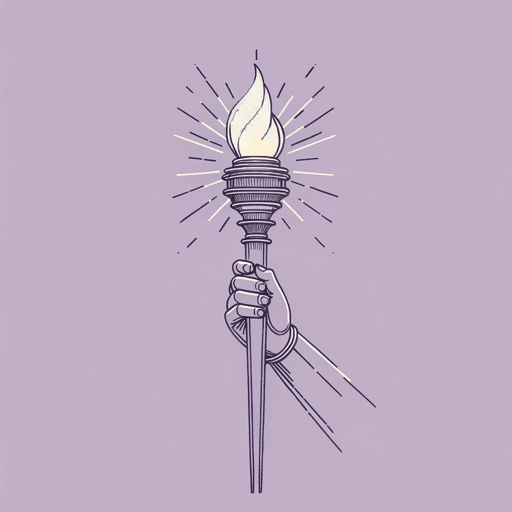
Hop-Frog
Edgar Allan Poe
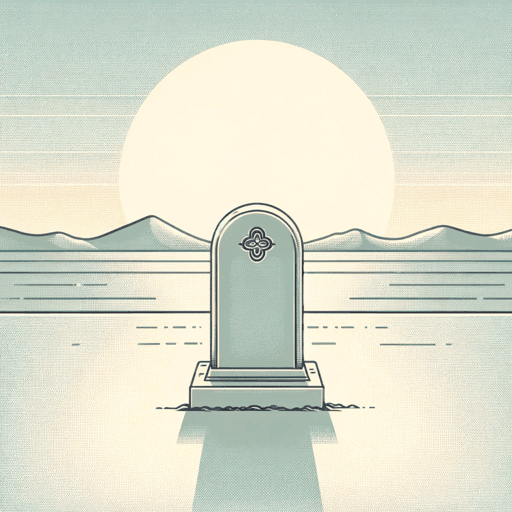
Tamerlane
Edgar Allan Poe

The Black Cat
Edgar Allan Poe
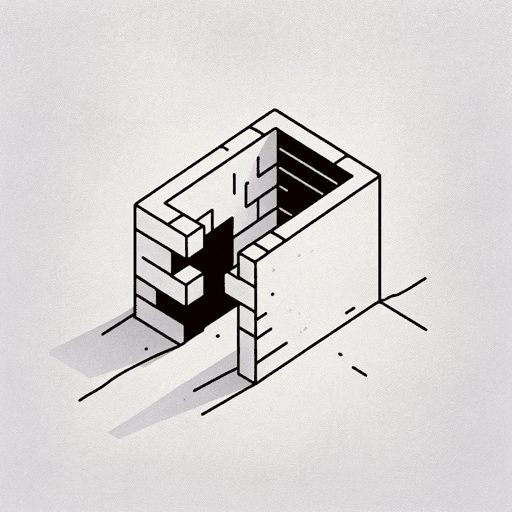
The Cask of Amontillado
Edgar Allan Poe
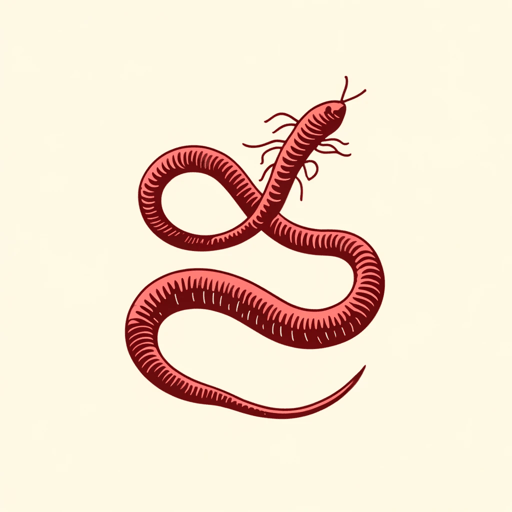
The Conqueror Worm
Edgar Allan Poe
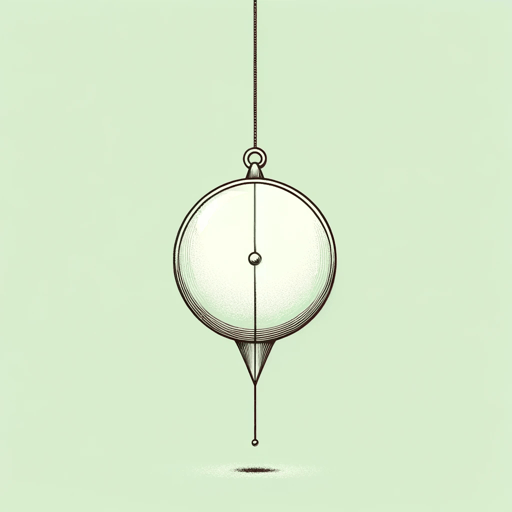
The Facts in the Case of M. Valdemar
Edgar Allan Poe
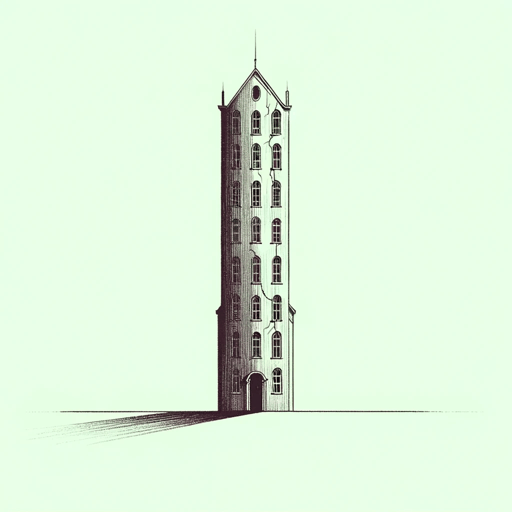
The Fall of the House of Usher
Edgar Allan Poe

The Gold Bug
Edgar Allan Poe
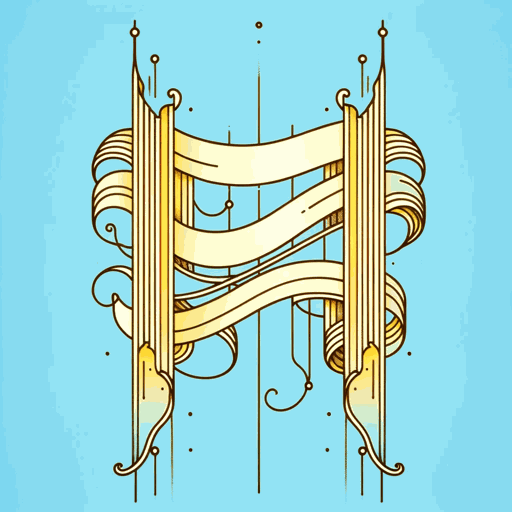
The Haunted Palace
Edgar Allan Poe
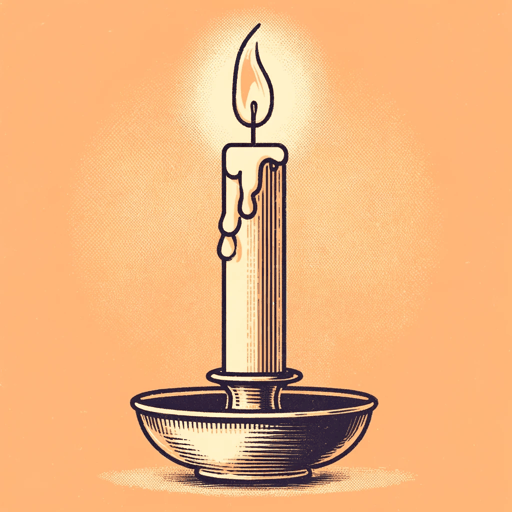
The Imp of the Perverse
Edgar Allan Poe

The Lake
Edgar Allan Poe
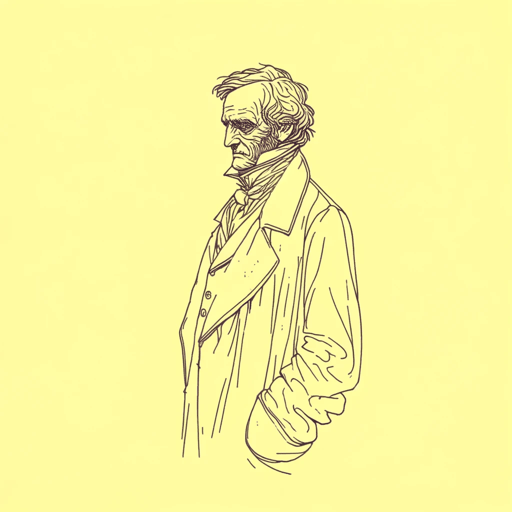
The Man of the Crowd
Edgar Allan Poe

The Masque of the Red Death
Edgar Allan Poe

The Murders in the Rue Morgue
Edgar Allan Poe

The Narrative of Arthur Gordon Pym of Nantucket
Edgar Allan Poe

The Oval Portrait
Edgar Allan Poe

The Philosophy of Composition
Edgar Allan Poe
